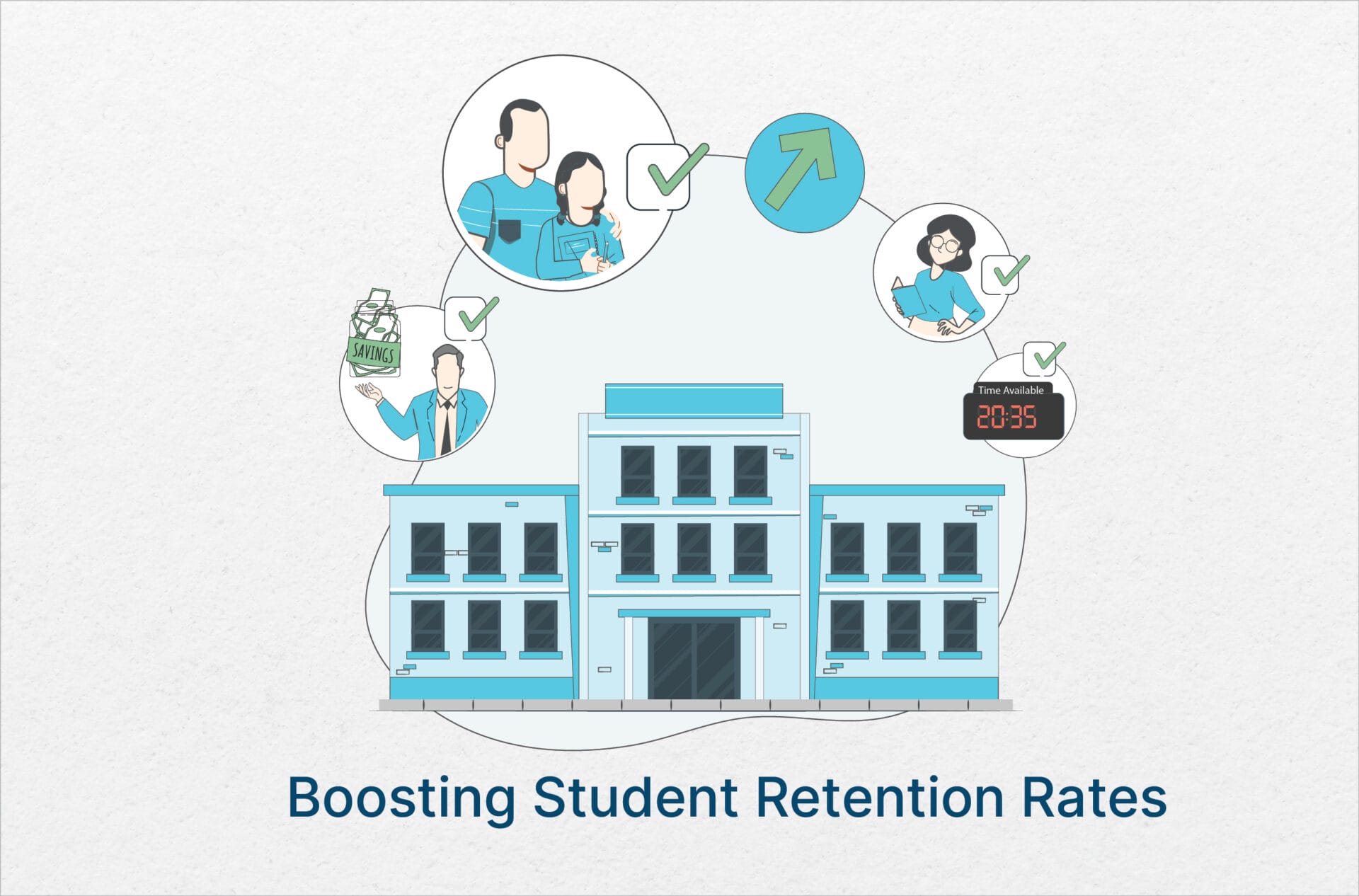Contents
In our previous blog post “Understanding Total Cost of Ownership (TCO) in Digital Assessments: Navigating the Financial Landscape,” we embarked on a journey to reveal the financial involvments of digital assessments. Today, we continue our exploration by delving even deeper into this critical subject.
In the rapidly evolving landscape of education and professional evaluations, a transformative force is at play – E-Assessments. The traditional paradigms of testing and evaluation are undergoing a profound shift as technology takes center stage. In this transformation, we embark on a journey to discover the Return on Investment (ROI) of E-Assessments, unraveling the multifaceted benefits that propel this evolution and redefine how we measure and enhance learning and assessment outcomes.
Understanding the ROI of e-assessments is crucial as it gauges not only financial returns but also the strategic and operational advantages that these digital platforms bring to the education process. Let’s look at the important ROI metrics you can expect:
Boosting student retention rates

Perhaps the most enticing ROI is the substantial boost in student retention rates – digital exams serve as interactive tools that promote engagement, learning, and comprehension.
One of the best ways digital exams boost student retention rates is through personalized, immediate feedback. Unlike traditional assessments, which often involve a long waiting period before students receive their results, e-assessments can deliver feedback in real-time. This instant response allows students to immediately understand where they stand, what they have done right, and where they need to improve. This rapid feedback cycle aids in reinforcing the learning material, correcting misconceptions promptly, and letting students know where they need to improve.
The feedback from e-assessments is often personalized, catering to each student’s unique strengths and weaknesses. Such customization increases the relevance of the feedback for each student, promoting better comprehension and knowledge retention. By tailoring the feedback to the individual learner, e-assessments also foster a more inclusive learning environment where every student feels their unique learning path is acknowledged and catered to.
The interactive nature of e-assessments makes learning more engaging, leading to a vibrant educational environment. This heightened level of engagement can lead to increased motivation and academic interest among students, further promoting retention. When students perceive assessments as fair, transparent, and helpful to their learning, their overall satisfaction with an institution increases. Higher levels of student satisfaction are closely linked to lower dropout rates, as satisfied students are more likely to stay and succeed.
Reducing administrative tasks and enhancing precision in grading

E-assessments significantly reduce the administrative load by automating traditional grading methods, freeing up educators to focus on high-quality teaching and efficient lesson planning. This not only increases productivity and job satisfaction but also contributes to the overall ROI. Simultaneously, e-assessments use sophisticated grading algorithms to minimize human error, ensuring fairness and consistency in student evaluations. This increased reliability bolsters the institution’s academic integrity, potentially enhancing its ratings and reputation, and further elevating the ROI.
Enabling data-informed discussions
The rich analytics provided by e-assessments pave the way for data-informed discussions during teacher-parent meetings. The insights gained from these digital tools help educators and parents understand a student’s academic progress, forming the basis for personalized learning strategies and improved academic performance, all of which impact the ROI positively.
Supporting environmental sustainability

E-assessments promote environmental sustainability by eliminating the need for excessive paper usage, student travel costs, and test center overhead. This move towards digital assessments can significantly reduce an institution’s environmental impact, leading to substantial cost savings and bolstering its image as an environmentally responsible organization.
The shift from traditional paper-based exams to digital e-assessments represents a transformative step in educational practices. This change may seem costly at first glance, but a comprehensive understanding of the Total Cost of Ownership (TCO) and Return on Investment (ROI) reveals a different picture. E-assessments offer educational institutions not just significant cost efficiencies over time, but also many benefits that enhance the educational experience for both students and educators. From increased scalability and flexibility, to improved grading consistency and data-informed decision-making, the advantages of e-assessments underscore their value as a wise, future-facing investment.
In the journey to uncover the ROI potential of E-Assessments, it becomes abundantly clear that this transformative force is reshaping the landscape of education and professional evaluations. As explored in this blog, SwiftAssess stands at the forefront of this evolution, offering educational institutions a powerful platform to unlock numerous advantages that extend far beyond financial returns.





